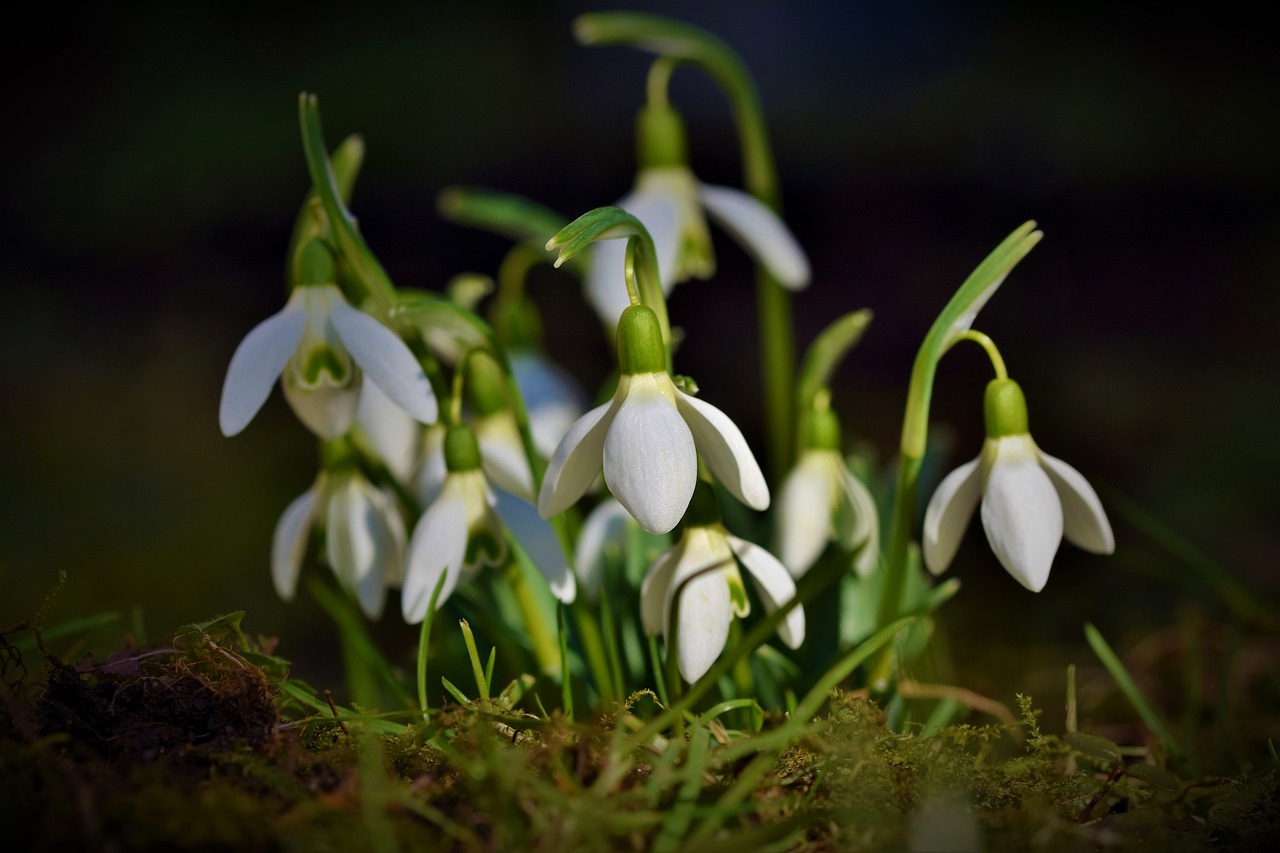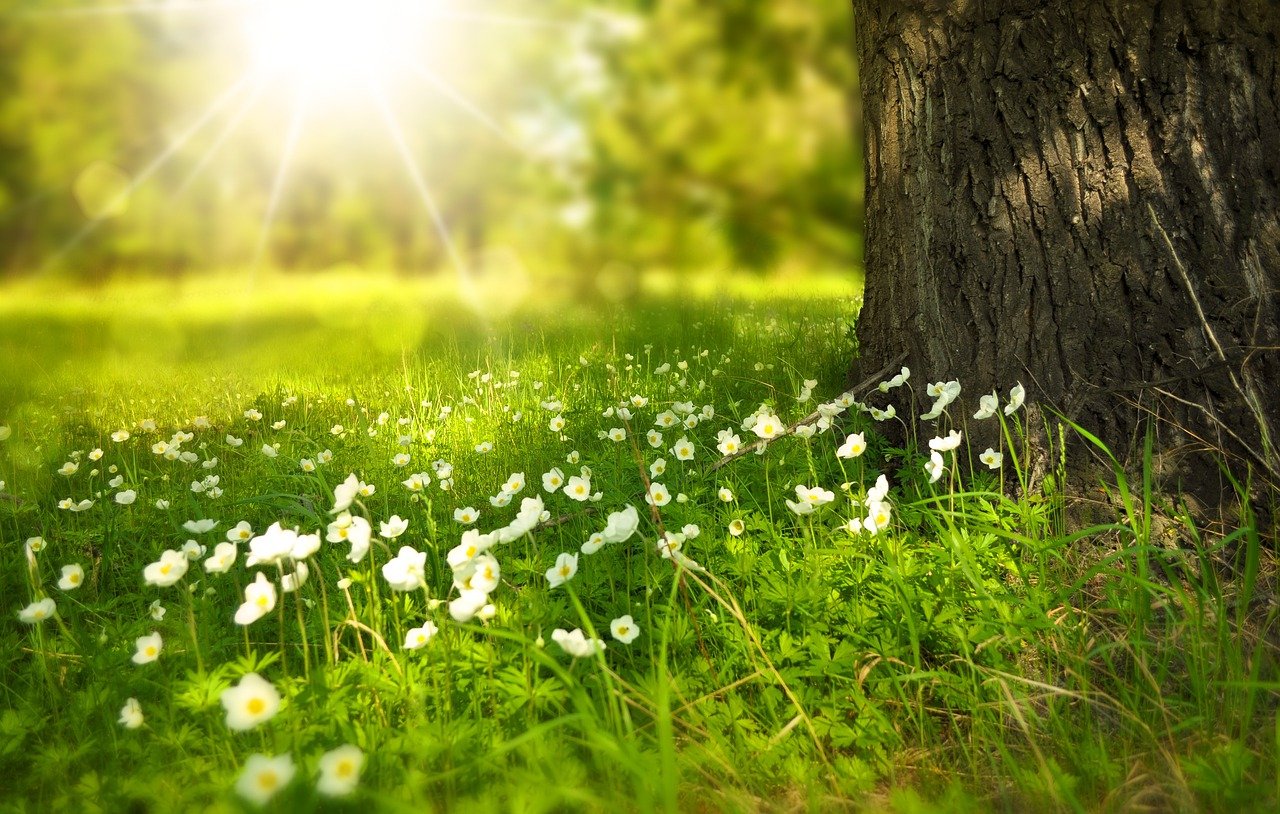While providing the color for your garden during the summer may not seem like that hard of a job, finding flowers that bloom all summer is a different matter entirely. The most popular alternative to this lies in providing a sequence of bloom by scheduling when you plant which flower. Nevertheless, the margin of error with this approach is quite slim.
Luckily, you can always turn to perennial flowers, which provide you with beautiful petals all year round. Of course, you will still have to deal with weed and deadheading, but dealing with the layout of your garden in such a manner is clearly a lot less effort-intensive. With this in mind and without further ado, here are several flowers that are known to bloom all summer.
1. Shasta Daisy

For those who want to go with classic white and yellow in their backyard, one simply cannot go wrong with Shasta daisy. Their appearance of white petals around the yellow disc is common for daisies and fits most gardens. Apart from being perennial, they are known to give your backyard more of a traditional look. One more thing that is important here is the fact that they are transplantable and that this also prevents them from overcrowding. The ideal time to transplant, however, is in early fall, as soon as they stop flowering.
2. Aster
-

Aster
The very name of this incredible flower is the Ancient Greek word for a star, which perfectly describes its shape and overall appearance. Although this flower might make a great visual addition to your garden, it has a rather obvious downside.
Namely, it is an incredibly popular food source for numerous insects, which means that it could attract more and more pests to your garden over the course of the year. Of course, if planted next to a natural repellant like dill, fennel or chive, insects will find it significantly less attractive.
3. Moonbeam Coreopsis
-

Moonbeam Coreopsis
According to a renowned landscaping Sydney company, the key to creating a great garden is finding that subtle relationship between shape, space and color. Nonetheless, this means that going with a safe white won’t always be the right choice for your garden.
So, for those who prefer yellow daisies to their traditionally white counterparts, Moonbeam Coreopsis is the most logical choice. In fact, this plant is so popular amongst homeowners all over the globe that it formerly received an award for being the Perennial Plant of the Year. Keep in mind, however, that its optimal sun exposure is under the full sun, although it grows on various soil types, from normal, to sandy or even clay.
4. Long-Blooming Perennial Salvia
-

Perennial Salvia
While Shasta daisies may be a better-known perennial choice, those who want a brighter color simply cannot go wrong with the Long-Blooming Perennial Salvia. Due to the fact that they can grow to be 2 feet tall and 1-foot-wide, you might want to plan their spot so that it doesn’t obstruct the view or suffocate other plants. One more important piece of information for you to keep in mind is that it usually has a great natural coexistence with marigolds, which further helps you plan out your garden.
5. Yarrow
-

Yarrow
So far, we’ve covered your white, yellow, and purple options, but what about red? Well, as far as perennials are concerned, Yarrow is what you should go with. Apart from its use in medicine, its unique texture is also something worth considering.
Of course, this interesting plant also comes in white, yellow, and even subtle pink, which allows you to cover most of the color spectrum and have your backyard look exactly as you wanted it to.
6. Coreopsis

There are two interesting things that anyone interested in decorating their garden with coreopsis should know. First, they come in two colors, yellow and red, and second, they can grow anywhere from 46 to 120 cm in height. The best-selling point for this amazing plant is probably the fact that it is incredibly low-maintenance.
In fact, Coreopsis is one of the most common wildflowers in Kansas and Florida, which only goes to show just how independent this amazing plant can be. One more thing worth mentioning is that in the language of flowers, Coreopsis Arkansas means love at first sight, which might come in handy at some point.
7. Redhot poker
-

Redhot poker
Those who want to go wild not just with color, but also with the shape of their garden need to take a closer look at the red-hot poker. Its torch-like flower head can make your backyard look much more exotic and can grow up to be one-meter-tall, seemingly transforming it into a real jungle.
A word of caution, though: while incredibly beautiful, this flower is also toxic and potentially causes irritation of one’s eyes and skin. Therefore, it might not be the safest choice for those whose garden also doubles as a playground.
8. Dahlia
-

Dahlia
If by any chance, you are interested in adding a bit of coral-like decoration to your backyard, dahlia should definitely be one of your first considerations. This national flower of Mexico has its roots in regional history all the way back to the Aztec civilization.
The use of Dahlia tubers in nutrition has died out along with the Aztecs shortly after the Spanish Conquest. Now, while introducing the tubers as a crop in Europe has failed, the flower itself decorates some of the most beautiful European gardens.
9. Purple coneflower
-

Purple coneflower
Apart from looking simply amazing, purple coneflower is incredibly resistant to drought, which makes it an ideal choice for gardens in certain regions of the world. Coincidently, they require a lot of sun exposure (at least five hours of full sun each day), which further narrows down their ideal geographical location.
Moreover, this flower attracts butterflies and bees, which might make your entire garden swarm with life and color in no time. Finally, in order to see them unleash their full potential with soils rich in organic matter. Seeing as how supplemental fertilizer may not be ideal for their growth, composting is probably your safest choice.
10. Purple fountain grass
-

Purple fountain grass
At the very end, while this particular flower may not be nearly as beautiful or lavish as its above-listed counterparts, it serves as a great way of breaking the pattern and adding a bit of background to your garden. While a summer plant, purple fountain grass favors a bit colder climate which might come in handy as a great situational backup plan. Needless to say, with its burgundy-colored foliage, it is incredibly easy to fit into any kind of setup that you currently have in your garden.
Conclusion
The best thing about going with perennials is that it allows you to create a garden that gives your home consistent beauty, without making you give up anything whatsoever. With all the shapes and colors that are available to you, you can make your garden into an oasis you always wanted it to be.
Most importantly, though, you can have it achieve a level of long-term visual consistency you never before believed possible. Achieving this, however, is no small task and requires a lot of careful planning and consideration, so use our tips for inspiration and guidance and get planting.






